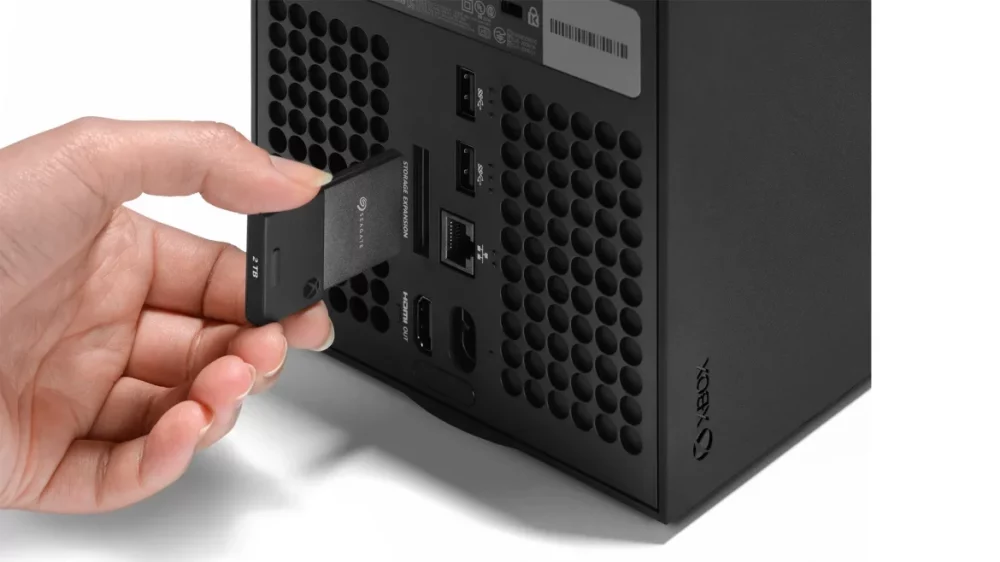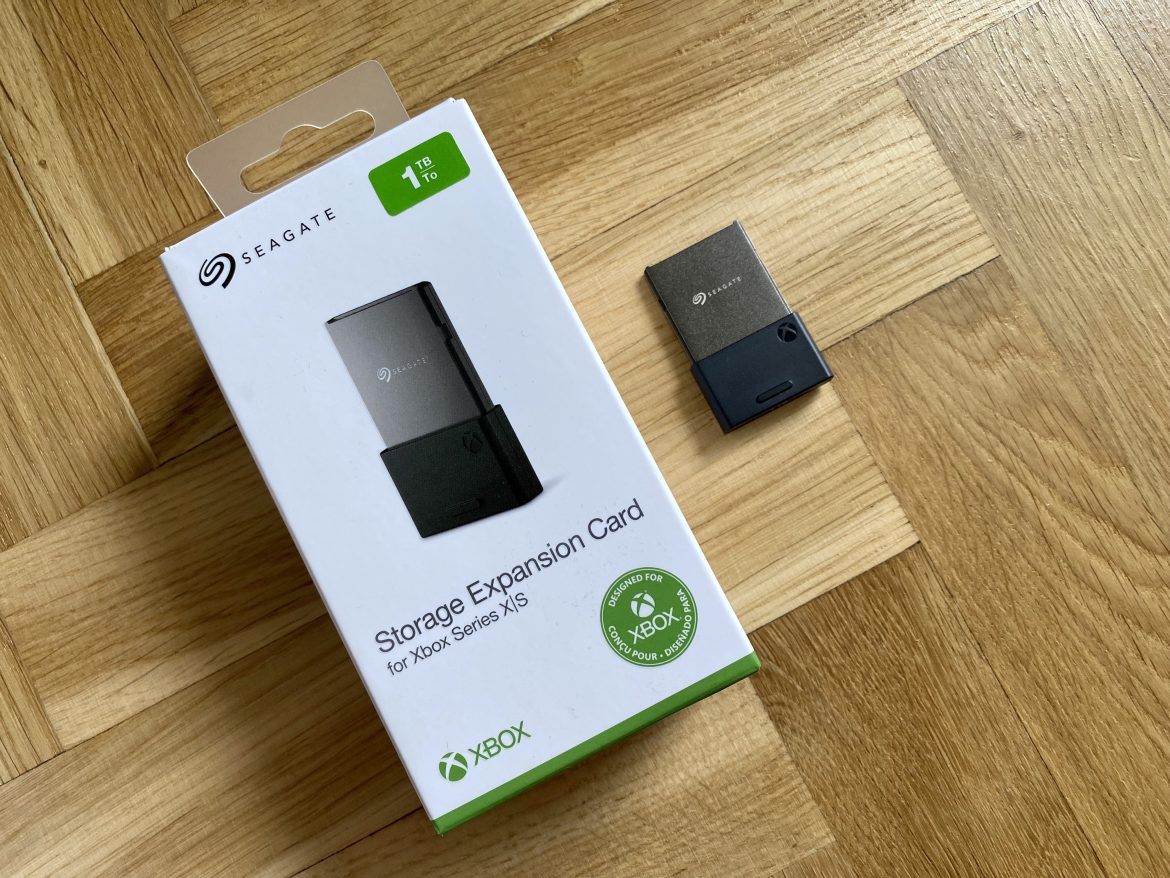TL;DR
Xbox Series X/S consoles offer great gaming, but internal storage is a major bottleneck, especially for large, optimized titles. While external drives work for older games, the Seagate Expansion Card is the *only* official way to expand internal storage for current-gen games. It's super easy to install and seamlessly adds storage, letting you switch between more games easily. However, it's pricey and proprietary, lacking the flexibility of PS5's M.2 SSD options. Is the convenience worth the cost? Read our full review to decide if this "Apple-esque" solution fits your gaming needs and budget!
Microsoft has delivered two compelling game consoles in the Xbox Series X and Xbox Series S. The Series X caters to users seeking maximum gaming performance, while the Series S provides a modern gaming experience at a more accessible price point. Paired with Xbox Game Pass, both consoles present attractive options for today’s gamers, gradually closing the gap with Playstation‘s market lead from the previous generation. However, internal storage limitations are a pertinent consideration. The Series X includes a 1TB drive, offering 802GB of usable space post-system installation. The Series S, with its 512GB drive, provides only 364GB for game installations. Given the substantial storage requirements of titles like Call of Duty, often exceeding 200GB, the internal storage proves insufficient for maintaining a diverse library of Series-optimized games. While external drives can be used, they are limited to playing Xbox One titles or older, not the current generation. The solution: the Seagate Expansion Card for Xbox Series X/S – currently the primary and most effective option for expanding internal storage on these consoles.
Unlike the PS5, which allows internal storage expansion via any compatible M.2 SSD NvmE module, the Xbox ecosystem currently supports internal storage upgrades exclusively through Seagate’s proprietary solution, resembling a large USB drive. This expansion card offers transfer speeds of up to 2.4GB/s, advertised as comparable to the Xbox Series’ internal storage speeds. While load times for demanding titles may be marginally longer, the performance difference during gameplay is generally imperceptible. The installation process is straightforward and robust: power down the console, insert the Seagate card into the designated port on the rear panel (orientation is keyed for easy insertion), and upon restart, the additional storage is seamlessly integrated with the internal storage, providing over 900GB of extra space. This allows for convenient downloading and switching between numerous Game Pass titles optimized for Series X/S, delivering a streamlined user experience.

The Seagate Expansion Card presents a somewhat complex value proposition. Its ease of use and reliable performance are undeniable strengths. However, the mandatory nature of this solution for internal storage expansion (particularly pertinent for Series S owners) and its relatively high cost per gigabyte are significant drawbacks. The lack of support for more open storage solutions from Microsoft is a valid point of criticism. Conversely, the affordability of the Series S may justify the purchase of an expansion card, even considering that a 1TB card can approach the cost of the console itself (approximately 2,500 kronor). As of this review, the 512GB version retails for around 1,700 kronor, while the 2TB variant carries a substantial price tag of 5,500 kronor (comparable to the cost of a Series X). The Seagate Expansion Card excels in its intended function, providing seamless and user-friendly storage expansion. However, the exclusivity and pricing model bear resemblance to “Apple”-esque restrictions, where alternative third-party solutions are effectively non-existent. A comparable 1TB M.2 SSD module (PCIe 4.0) typically costs approximately half the price. Nevertheless, the Playstation 5, often more expensive and subject to availability constraints, presents its own set of considerations. Ultimately, the decision hinges on individual needs and priorities. While expanded storage is not strictly essential, it offers considerable convenience.
In conclusion, for users prioritizing the convenience of quickly and easily switching between a large library of games, the Seagate Expansion Card is a worthwhile investment, contingent on budget considerations. Others will need to weigh the value of this convenience against the cost.
Seagate provided a test unit for this review. The provision of review samples does not influence our editorial independence.

